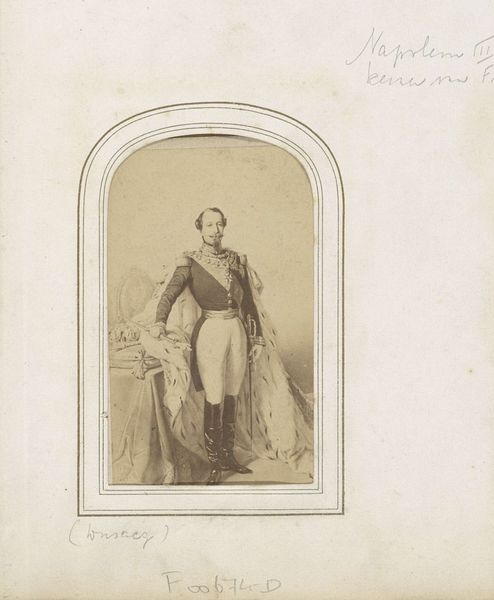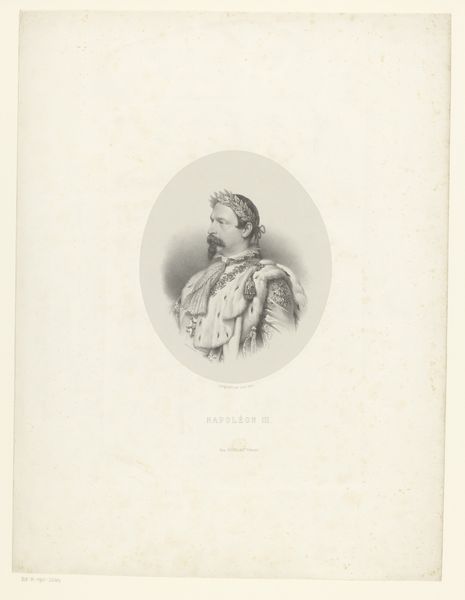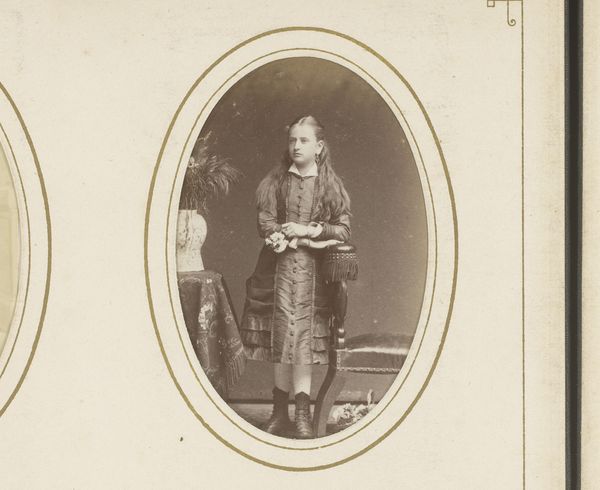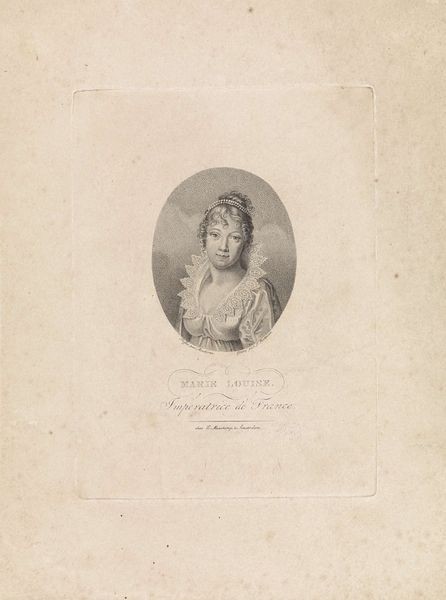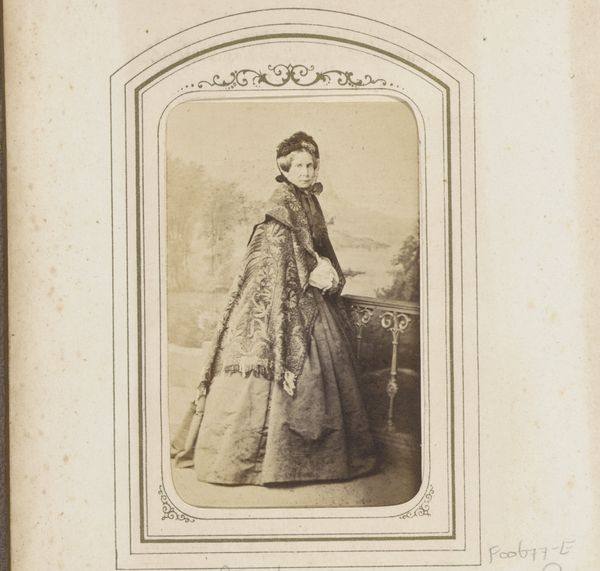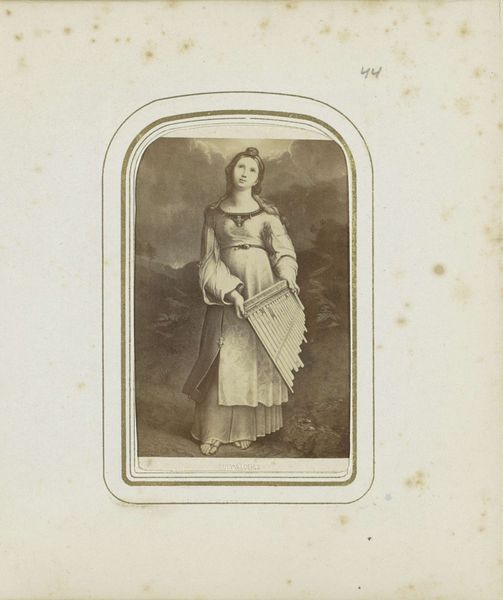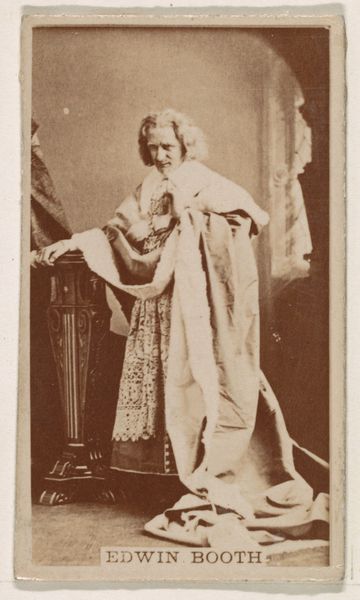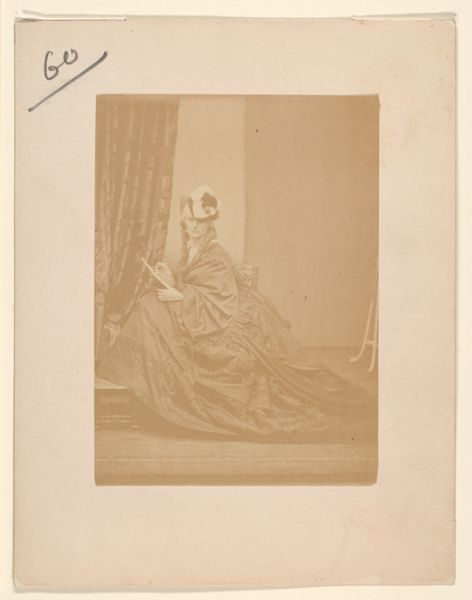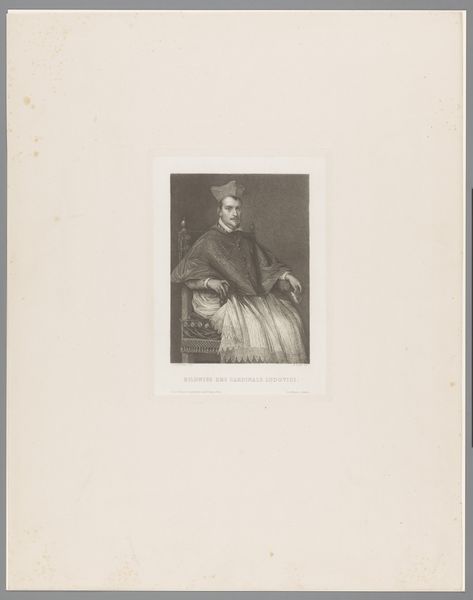
Fotoreproductie van een geschilderd portret van Napoleon III Bonaparte, keizer van Frankrijk 1855 - 1871
0:00
0:00
Dimensions: height 88 mm, width 51 mm
Copyright: Rijks Museum: Open Domain
This is a photograph by Paul Emile Pesme, made in the mid-19th century. But what is it exactly? Well, the title gives it away: it's a reproduction of a painted portrait of Napoleon the Third, Emperor of France. The photographic process itself is key here. Photography in this period was a chemical and mechanical undertaking, involving precise manipulation of light-sensitive materials. The resulting sepia tone gives the image a feeling of age and authenticity. But what are we really seeing? A representation of a representation. Pesme’s photograph collapses the traditional hierarchy of painting and photography, forcing us to consider how an image could be reproduced and disseminated. The very concept of authenticity shifts, raising questions about labor, value, and the industrialization of image-making. It’s a fascinating moment in the history of visual culture.
Comments
No comments
Be the first to comment and join the conversation on the ultimate creative platform.
